
- High RAM usage on Windows 11 while idling can be caused by malware or other issues.
- One easy way to fix this problem is to check the Task Manager for problematic processes.
- Disabling Startup programs and turning off SysMain will also help you get rid of the problem.
- Scan the system for malware with the Windows Defender or try using third-party software.

With Windows 11 available, users hurried to upgrade and try out the new operating system. Some of them wrote us about their concern regarding the high RAM usage while the PC is idle.
It is not uncommon for different problems to emerge during the development and early releases of Windows or any kind of software/hardware for the matter.
While this problem’s root could be concerning, it’s most likely an oversight from the dev team and will most likely be patched or fixed in the near future.
Is 80% RAM usage bad?
If you noticed that your RAM usage is about 80% or more, you shouldn’t be concerned right away. Your RAM is most likely being used by all the software you have running at the moment.
For example, if you are using Google Chrome, and you have multiple opened tabs, your RAM usage will naturally skyrocket, and it’s not concerning.
High RAM should never be considered a problem unless there are no apps opened and the computer is experiencing this while idle, in which case there are many reasons.
How do I solve the Windows 11 high RAM usage issue?
1. Check the RAM usage in the Task Manager
- Go to the Windows search box.
- Type in Task Manager and select it.
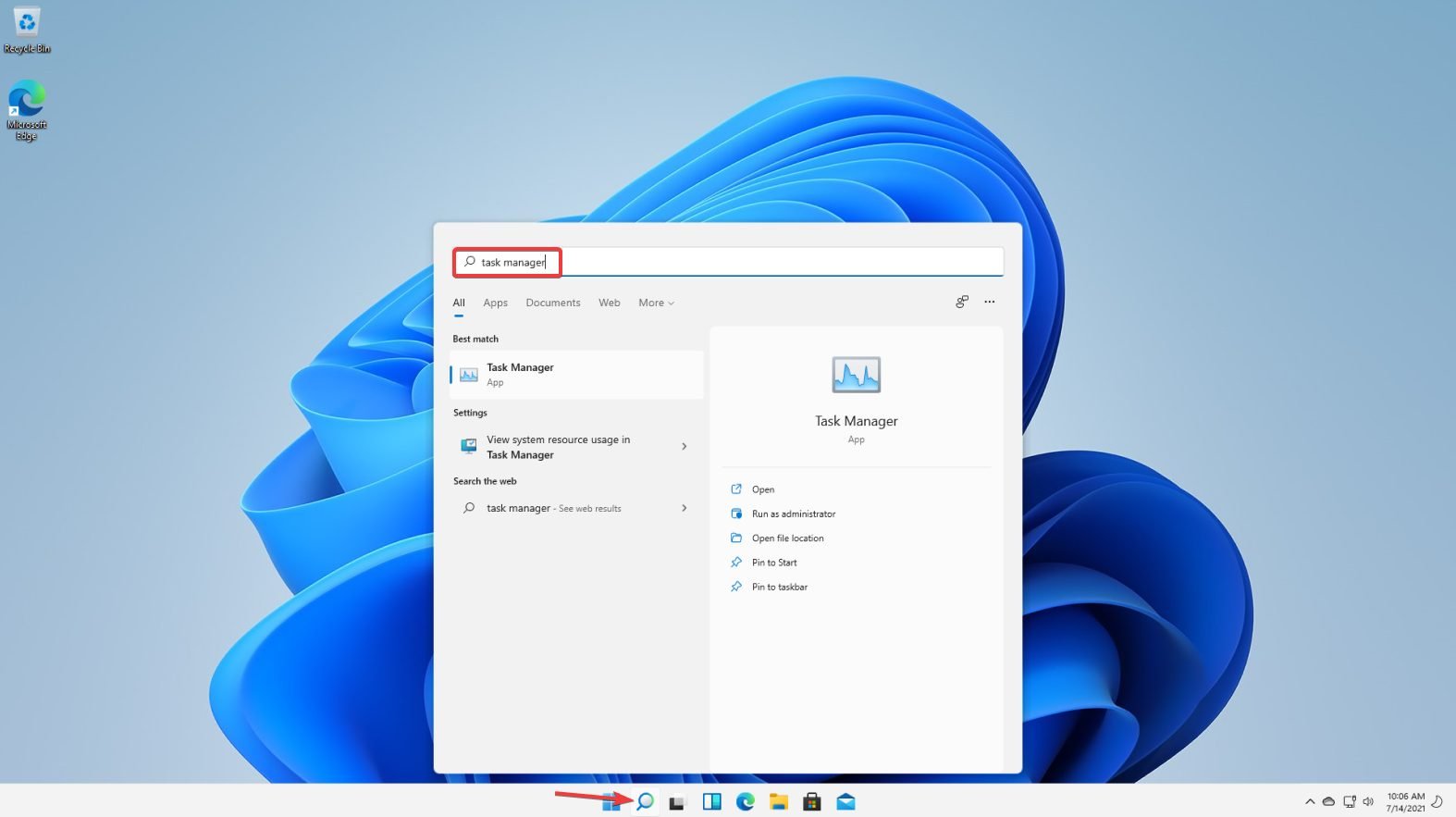
- Click on More Details to expand the list.
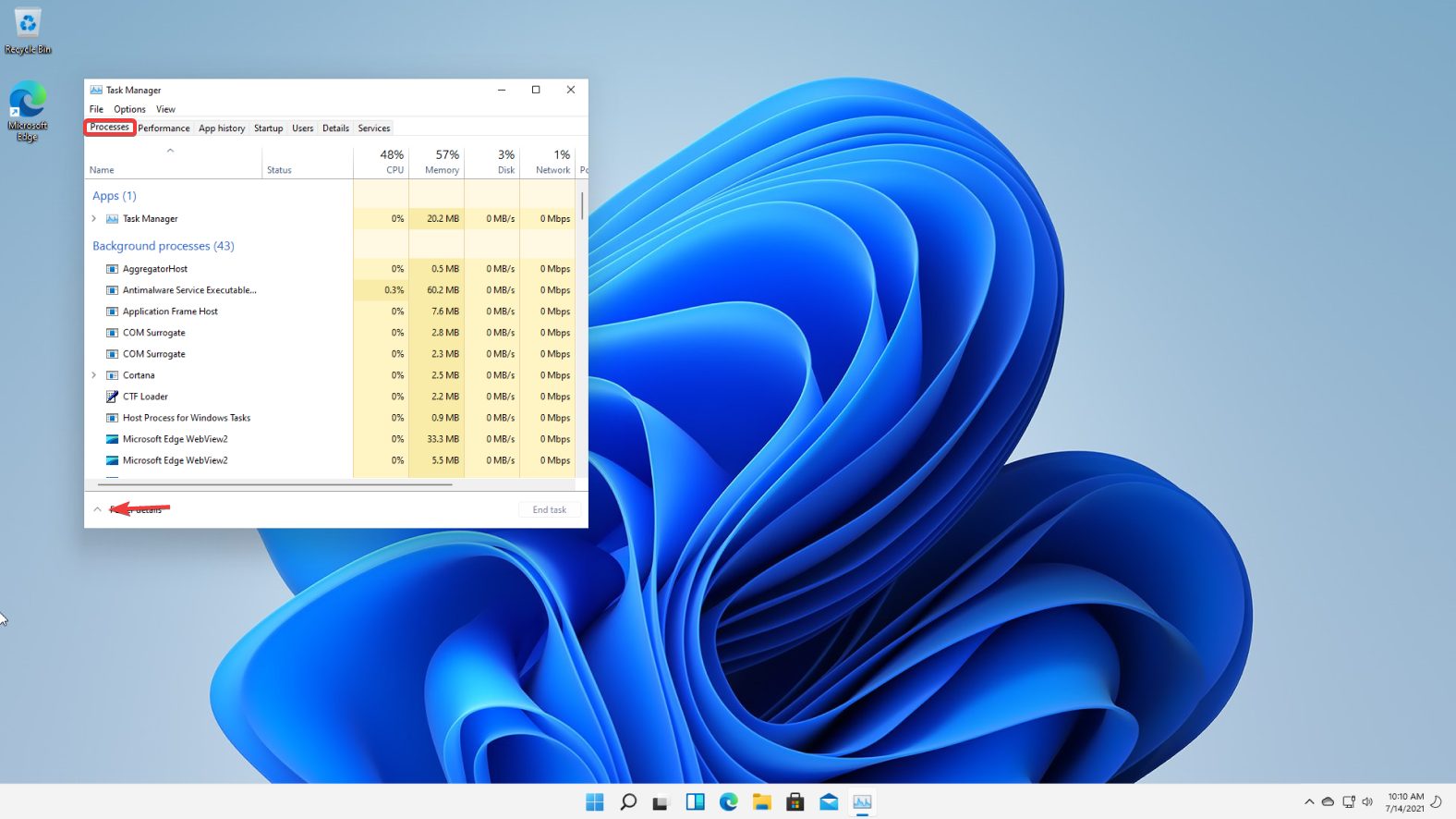
- In the Processes tab, check the programs that are using up too much memory.
- Right-click on the ones you wish to terminate and select End task.
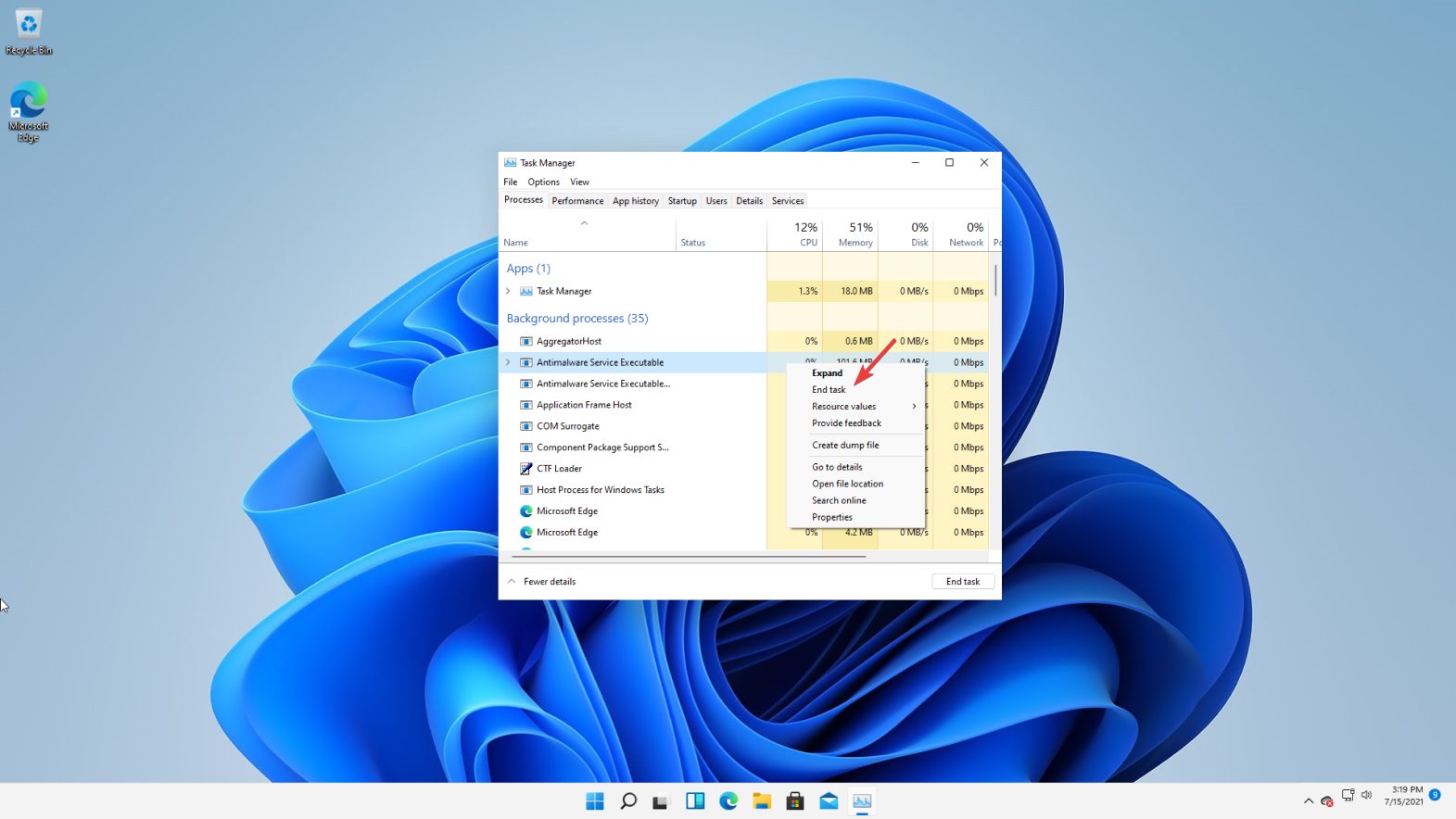
- Close the Task Manager.
High RAM usage is usually caused by certain software acting up or glitching out. The best way to deal with this is to go into the Task Manager and terminate that said task.
Keep in mind that terminating the process means turning off the program for good, therefore make sure you save any progress made using it.
Additionally, since Windows 11 is still in development, you might notice that certain Windows services are taking up all the RAM space.
In that case, those terminating those processes might do more harm than good, since they might be crucial for the system to work properly.
If you’re having trouble successfully terminating the processes, check out how to close Task Manager processes.
2. Disable Startup programs
- Click on the Windows Search Bar and select Task Manager.
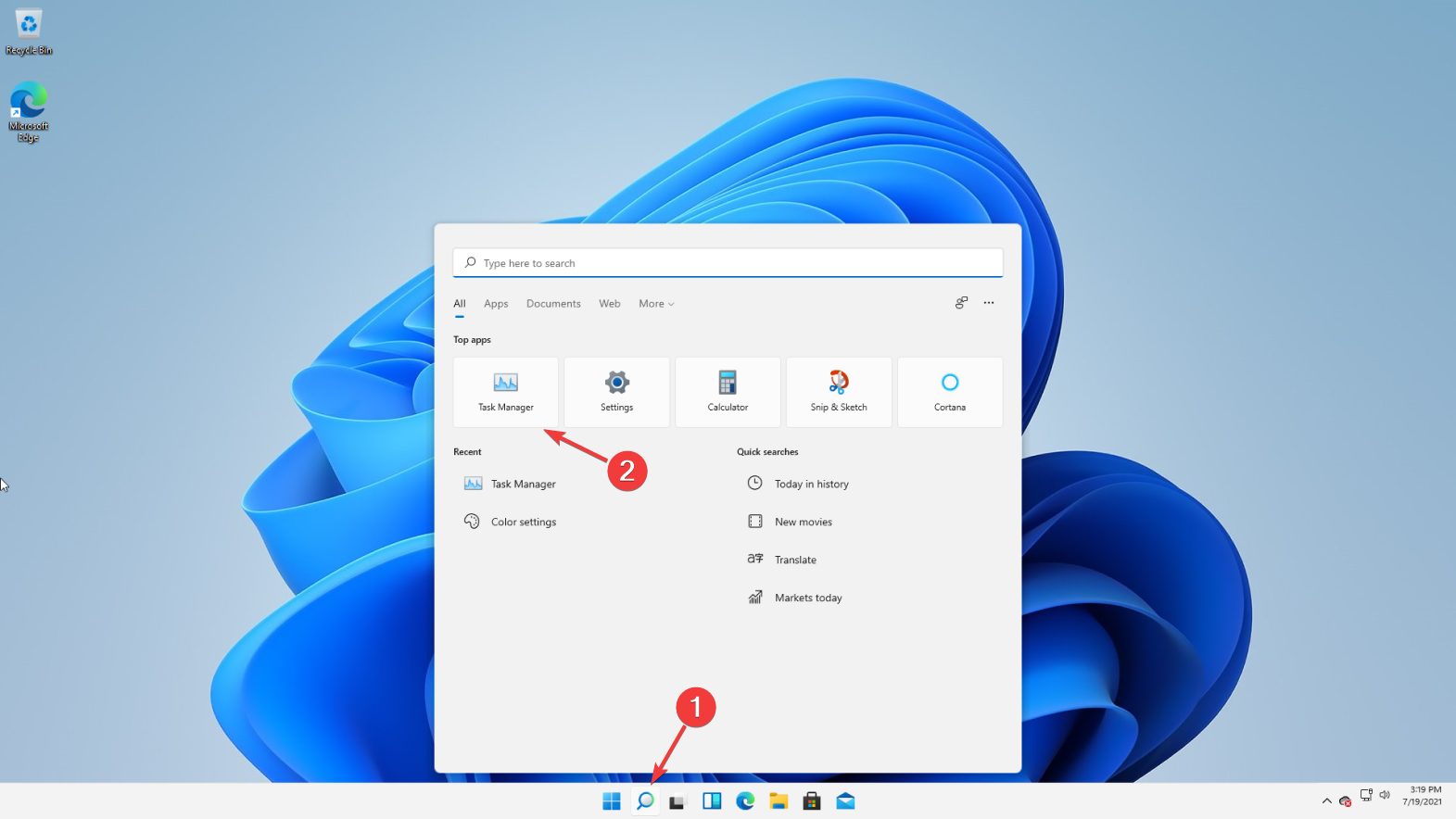
- In the Task Manager, go to Startup.
- Right-click on an app and select Disable.

- Close the Task Manager.
Startup programs will cloud your PC and use up lots of resources. Nowadays, most of the software you install will start with your Windows.
These programs will increase your boot time, but they will also use all the processing power and RAM available when they automatically update since they constantly run in the background.
Disabling all unnecessary startup programs and only keeping those crucial to your system will keep things running optimally.
3. Disable the SysMain service
- Open the Windows Search Bar and type in Run.

- In the Run box, type services.msc then press Ok.
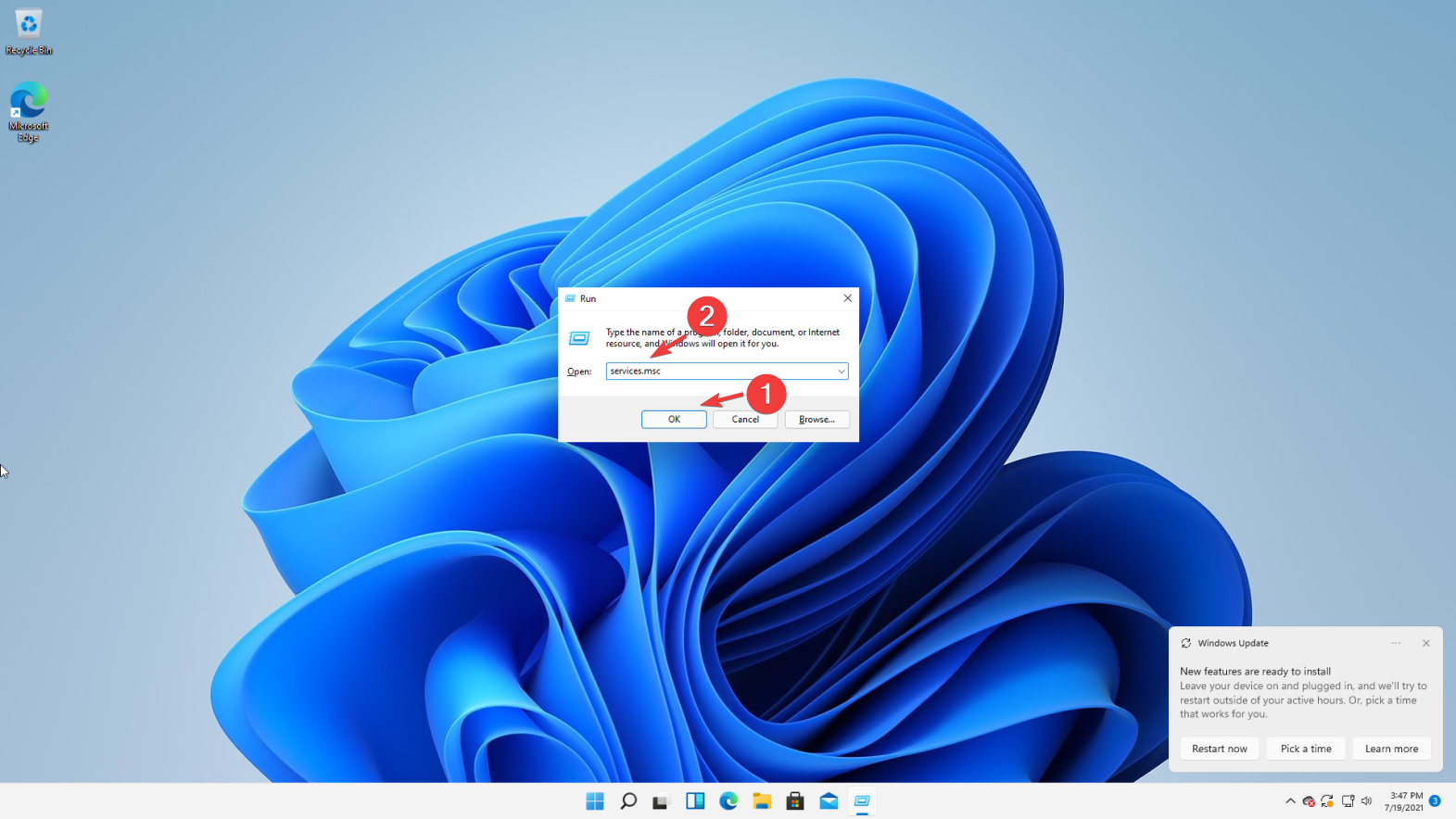
- In the services tab, search for Sysmain, right-click on it and select Properties.

- In the new window, set the Startup type to Disabled.
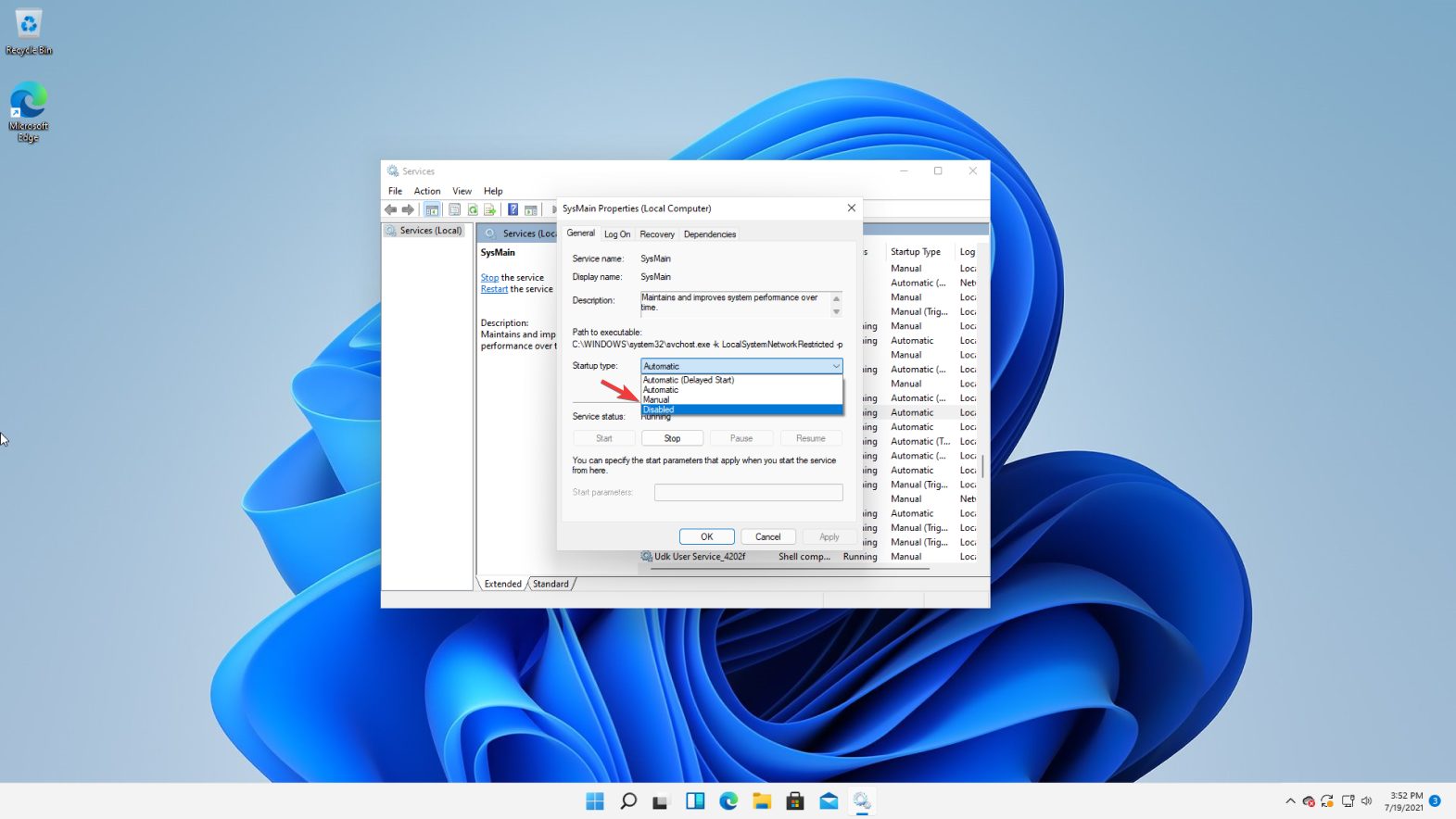
- Then, go to Service Status, select Stop, and click Ok.

The SysMain service preloads software that you frequently use to the RAM to access it quickly. Try disabling the feature to see if it fixes the issue.
SysMain has been known to take up too much Disk and RAM usage on Windows 10, so it wouldn’t be a surprise if the same problem can be encountered in its successor.
4. Defragment your hard drive
- Open the Windows Search Bar, type in Defragment and Optimize Drives.

- Choose the drive you wish to defragment and click Optimize.
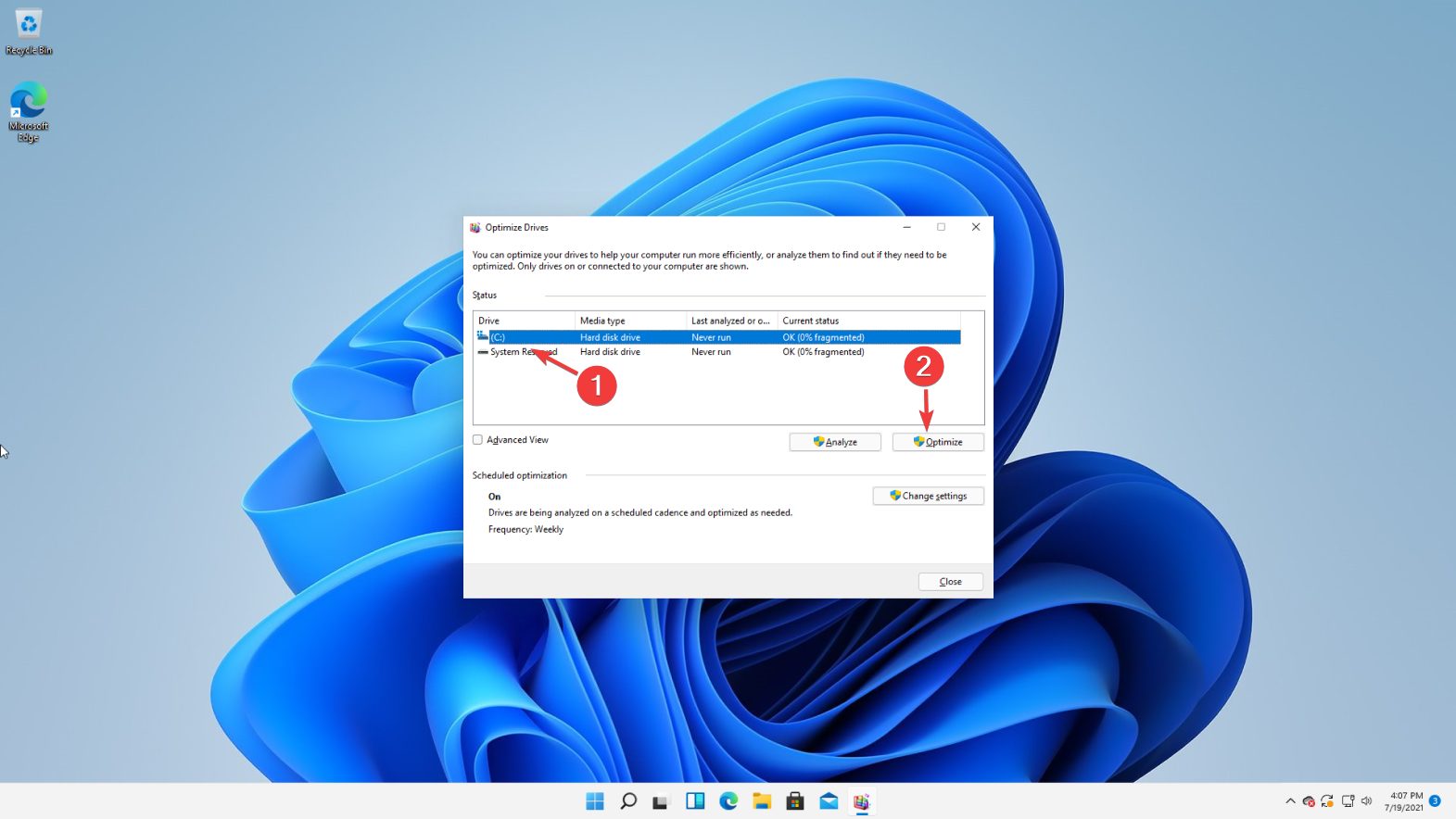
- Wait for the process to finish.
If you’re been using your device for a long time before finally upgrading to Windows 11, your disk might need to be cleaned and optimized a bit.
Thankfully, you can easily fragment your hard drive without needing to install any third-party software.
5. Scan the system for malware
- Open the Windows Search Bar and type in Windows Security.
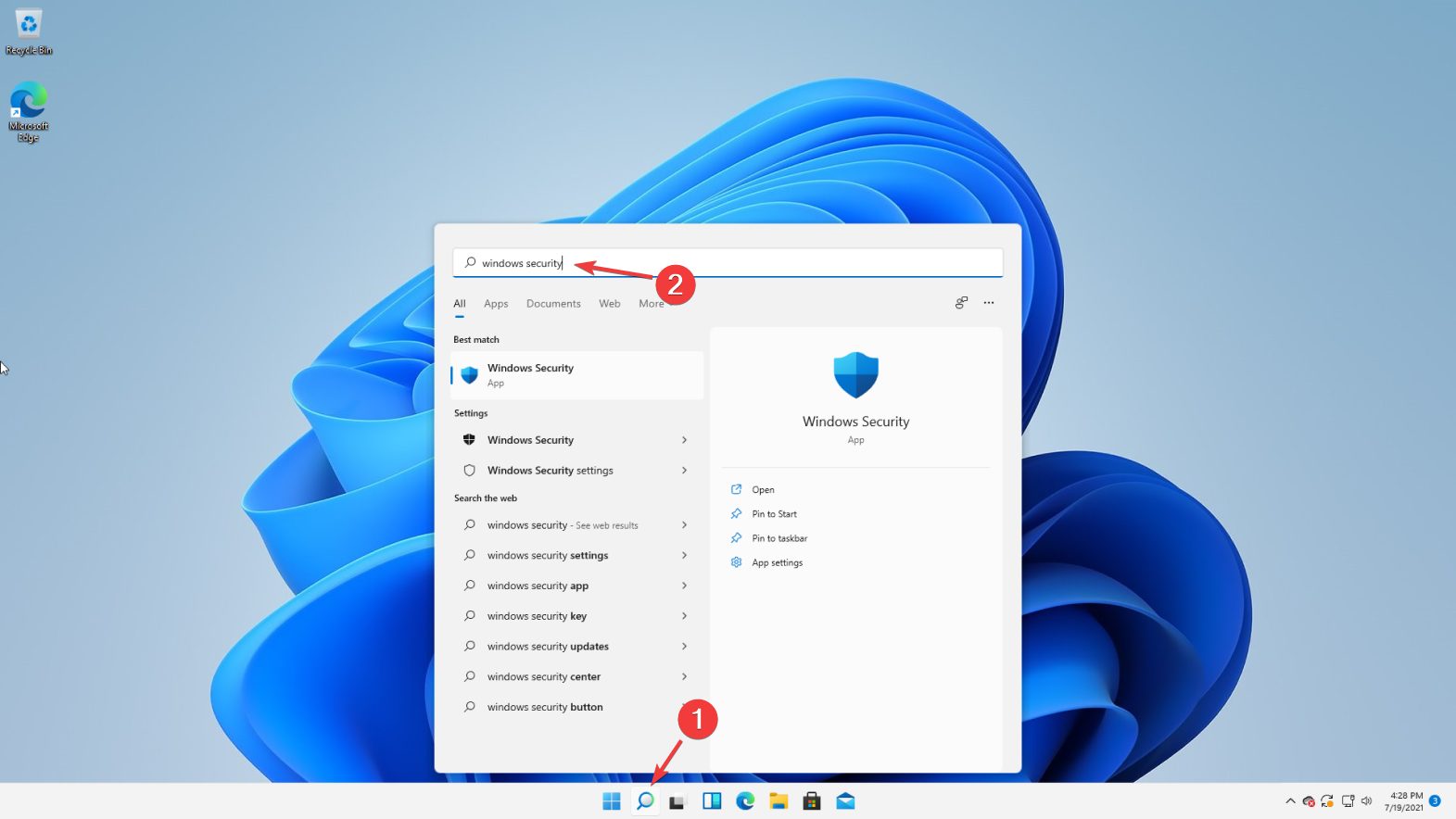
- Select Virus & threat protection.
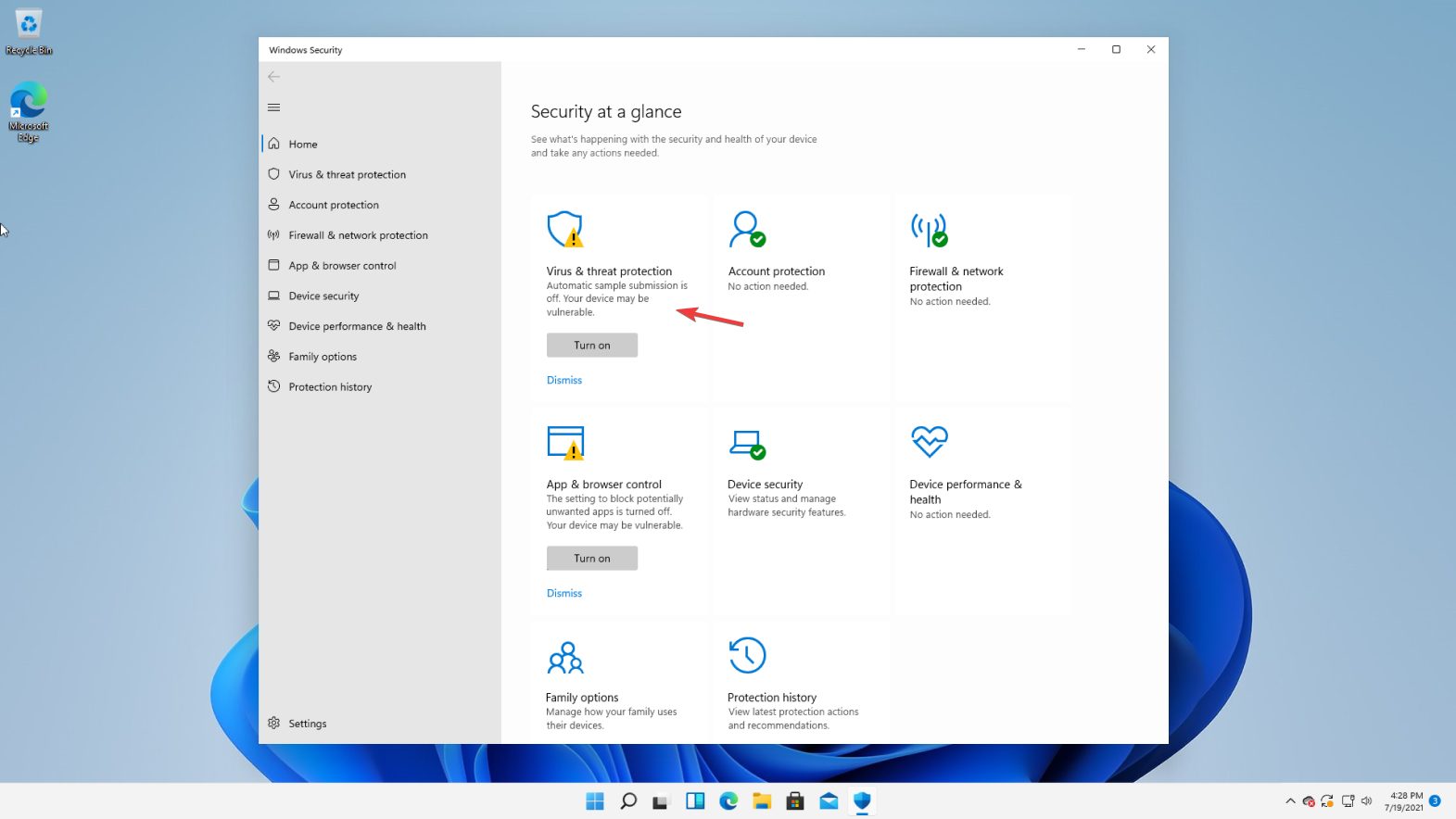
- Next, click on Turn on.

- Afterward, choose Quick Scan.
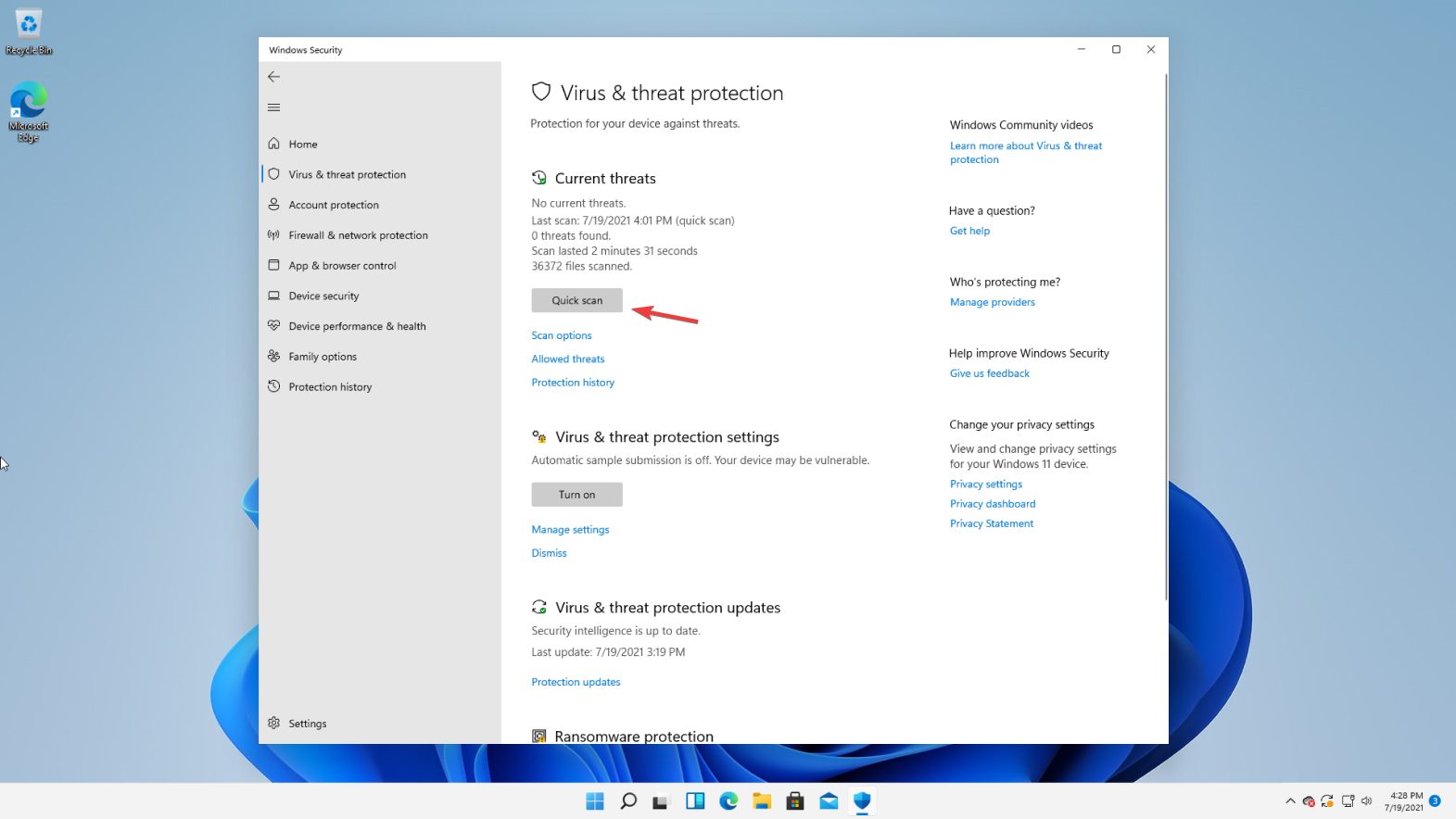
- Wait for the system to finish scanning.
One other cause of high RAM usage and many other problems could be malware. Perhaps the issue is not even connected to Windows 11.
In this case, simply running a malware scan through the Windows Firewall is your best bet. Keep in mind that you should have Windows Security turned on at all times to prevent malware.
The Windows Firewall malware database gets updated constantly every week, but the idea of a virus breach is not out of the question.
If you tried scanning your computer and nothing bad came out as the result, you need to use something better to get rid of the malware.
There are plenty of tools that can thoroughly scan your device for the newest malware, and take action against any threats they find, including spyware, adware, and other cyberattacks. ESET Internet Security is a great example in that regard.
6. Make sure you meet the system requirements
If you keep running low on RAM while using Windows 11, your system might simply not be good enough to handle the operating system.
You need at least 4 Gigs of RAM to run it, but in order for the OS to run well, you need 8 GB, or 16 if possible.

NOTE
Official Windows 11 system requirements include:
– 1 gigahertz (GHz) or faster CPU with 2 or more cores
– 4 GB RAM
– 64GB or larger storage
– UEFI, Secure Boot capable device
– TPM 2.0
– GPU compatible with DirectX 12 or later with WDDM 2.0 driver
Is 40% RAM usage normal?
Any amount close to 40% of your total RAM usage is considered normal because it’s being actively used by your Windows.
Of course, the percentage will be lower if you have a high amount of RAM. For example, you won’t get 40% RAM usage while idling with 32GB of total available memory.
Since we are talking about efficiency and system resources, why don’t you check this article about enabling efficiency mode on Edge to make the best out of your device?
High RAM usage on Windows 11 will definitely affect your system’s flow negatively, so solving this problem is mandatory. Let us know if you managed to do so in the comments area below.
Start a conversation